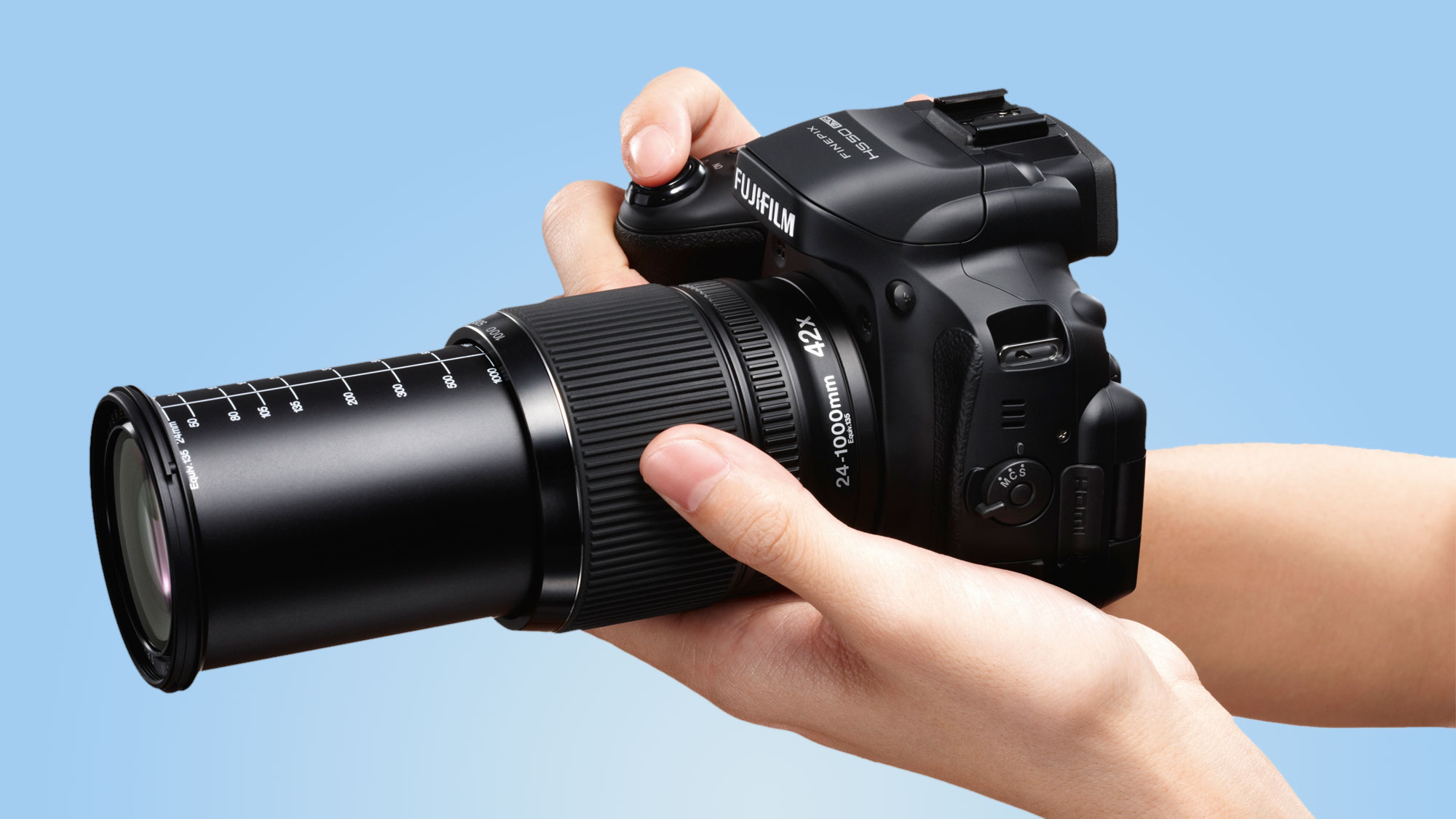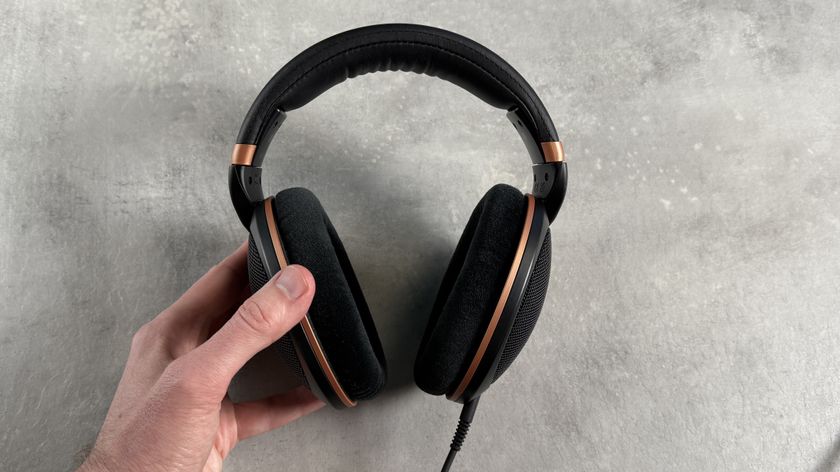TechRadar Verdict
The manual zoom ring gives the HS50 the quality feel of a DSLR, and the image stabilisation is very effective. It doesn't have the longest zoom range, though, and you don't get Wi-Fi.
Pros
- +
Good OIS performance
- +
Articulated screen
- +
Shoots in raw format
Cons
- -
Small sensor
- -
Image smoothing
- -
No touchscreen
Why you can trust TechRadar
The huge zoom bridge camera segment of the compact camera market is considered to be one area which is still doing well amid otherwise declining sales.
Cameras such as the Fujifilm FinePix HS50 EXR pack in an enormous zoom range, in this case a 42x optical zoom (equivalent to a pretty impressive 24-1,000mm in 35mm terms), but with the compromise of a small sensor.
Although the Fuji HS50 EXR has a 16 million pixel 1/2-inch EXR CMOS II sensor, which is larger than those found in some compact cameras, it is still much smaller than the sensors found in most compact system cameras and DSLRs.
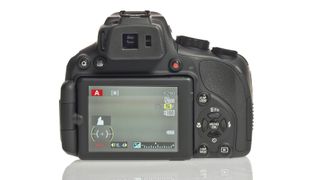
Most standard bridge cameras, especially those that boast such large zoom ranges, such as the Canon SX50 HS, are only capable of reaching a maximum wide aperture of f/3.5 at the widest point of the lens.
The Fuji HS50 EXR, however, boasts a more impressive f/2.8 at the 24mm end of the optic. This rises to a still reasonable f/5.6 at the full 1,000mm end of the lens. This should give you some flexibility both in terms of lower light shooting and in creating images with shallow depth of field effects.
Fuji has also included Optical Image Stabilisation technologies on the zoom lens, which should be especially useful when shooting at the far end of the optic handheld. It also has a Super Macro function, for getting as close as 1cm to the subject.
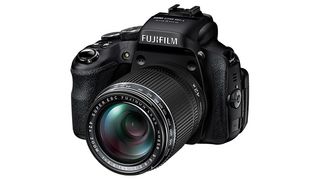
For those not quite satisfied with the 1,000mm zoom functionality of the camera, there's also a digital zoom that boosts the range up to 84x, or a massive 2,000mm equivalent.
The Fuji HS50 EXR, priced at £469.99 / US$549.95 / AU$519.95, has several other interesting features. Firstly, it has a fully articulating 3-inch 920,000 dot TFT LCD screen. This is joined by a 0.26-inch electronic viewfinder, which also boasts an impressive 920,000 dots.
Designed with enthusiasts rather than beginners in mind, the Fuji HS50 EXR not only boasts full manual control, but also the ability to record files in raw format. This gives photographers more flexibility when they want to make changes in post-production, and is relatively unusual for bridge cameras.
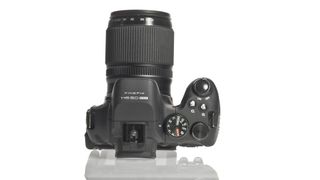
That said, there are still some fun features included on the camera. A panorama mode is available for capturing ultra-wide angle shots and will probably especially appeal to those using these types of cameras for holiday photos.
There's also a range of digital filters, found in the Advanced mode of the camera and including Partial Colour and Toy Camera. Not only this, but like cameras in Fuji's premium X lineup, there are a number of Film Simulation modes that are designed to recreate the look of classic film stock, such as Velvia and Astia.
One of the key selling points of this camera at its launch was Fuji's claim that the HS50 EXR boasts the world's fastest autofocus speed for compact cameras. Fuji claims that the camera can manage speeds as quick as 0.05 seconds, something we'll be keen to see if the camera can deliver on.
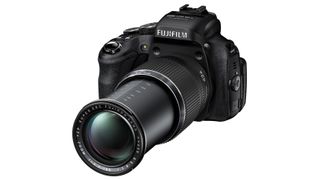
These high speeds are reached thanks to a new Intelligent Hybrid Autofocus system. Using both high-speed Phase Detection AF (as used in most DSLRs) and the more accurate Contrast Detect AF, the camera automatically chooses the most appropriate AF method depending on the lighting conditions.
As well as a speedy AF, Fuji also claims that shot-to-shot time is just 0.5 seconds, while in Continuous Shooting mode the camera is capable of shooting in bursts of 11fps at the full 16 million pixel resolution (for a maximum of five frames).
Fuji also claims that the EXR-Auto mode is designed to get the best shot possible, which includes the benefits of a high resolution image, with wide dynamic range and low noise in high sensitivity shooting conditions. Again, we'll be keen to put that properly to the test.
Amy has been writing about cameras, photography and associated tech since 2009. Amy was once part of the photography testing team for Future Publishing working across TechRadar, Digital Camera, PhotoPlus, N Photo and Photography Week. For her photography, she has won awards and has been exhibited. She often partakes in unusual projects - including one intense year where she used a different camera every single day. Amy is currently the Features Editor at Amateur Photographer magazine, and in her increasingly little spare time works across a number of high-profile publications including Wired, Stuff, Digital Camera World, Expert Reviews, and just a little off-tangent, PetsRadar.
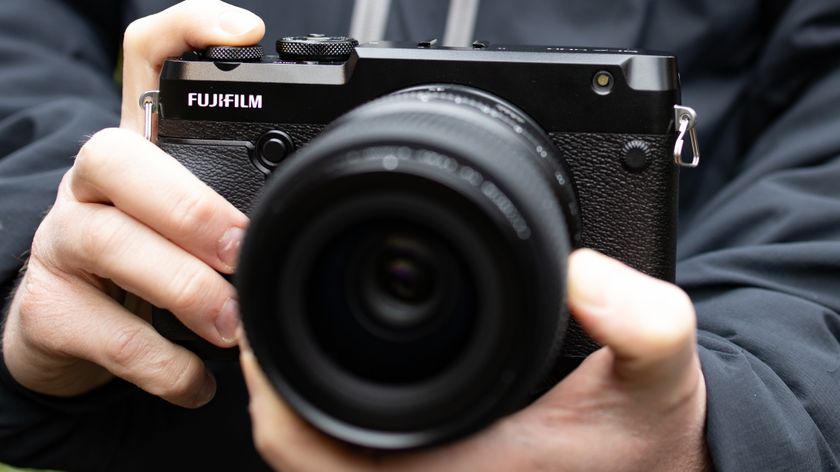
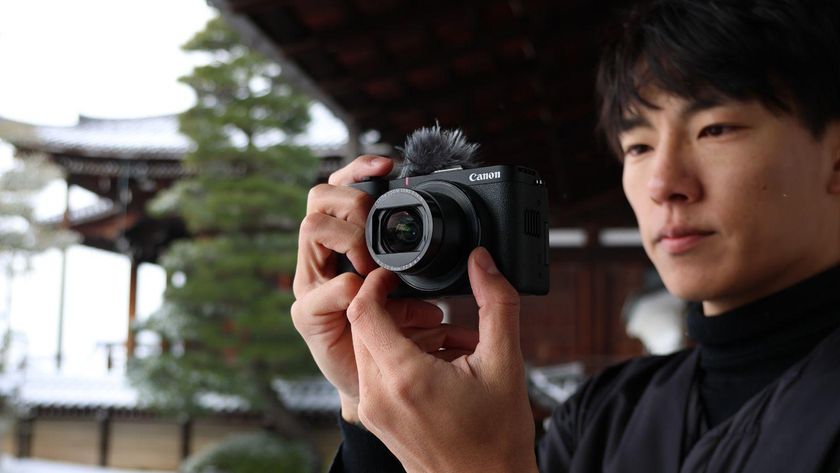
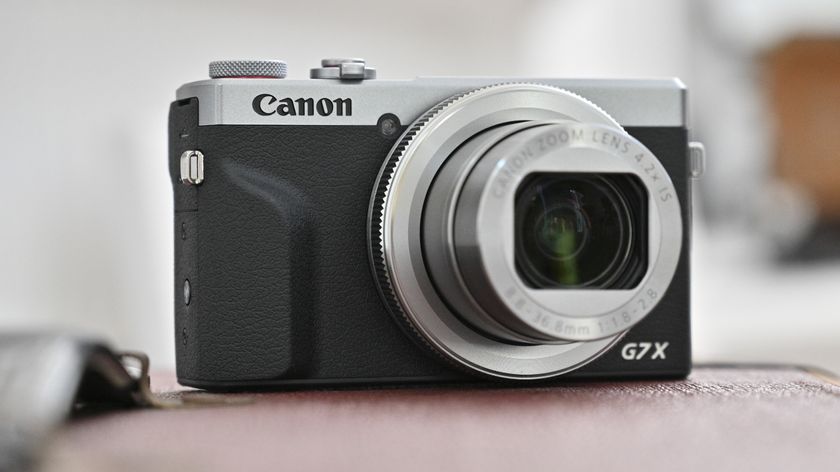
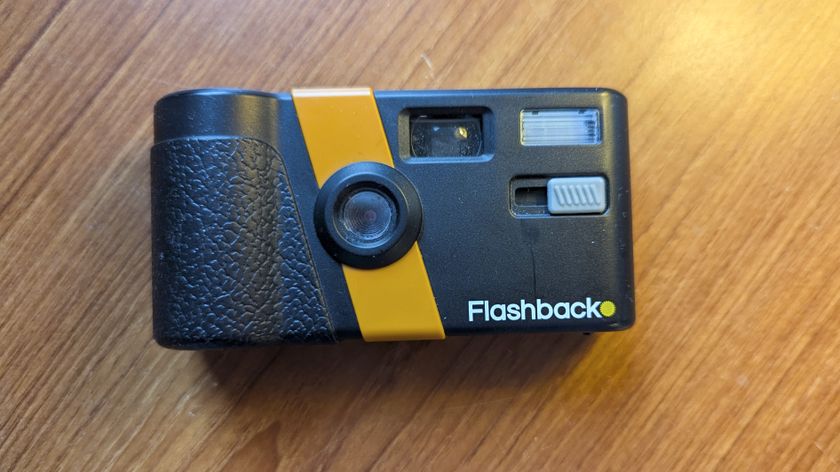
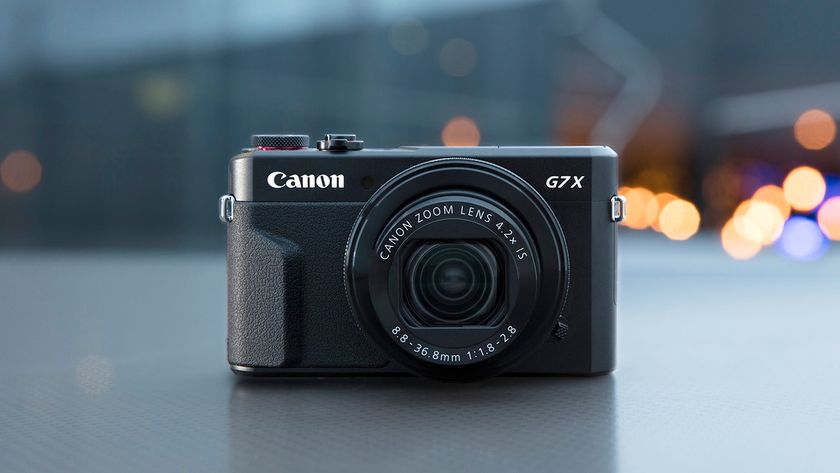
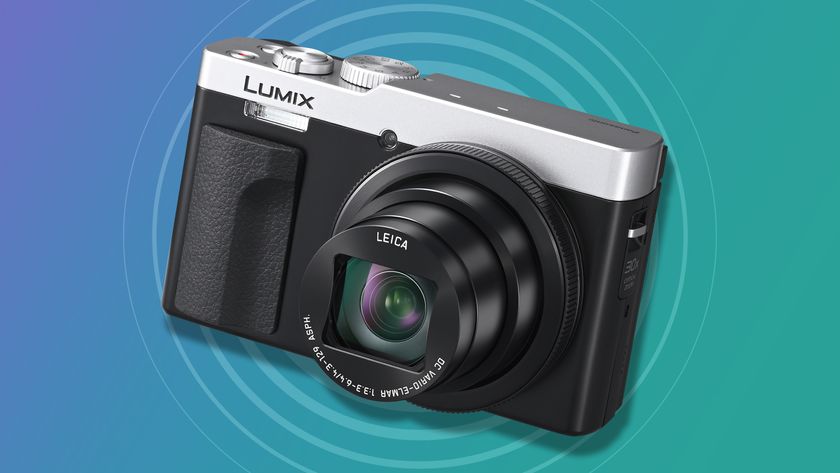



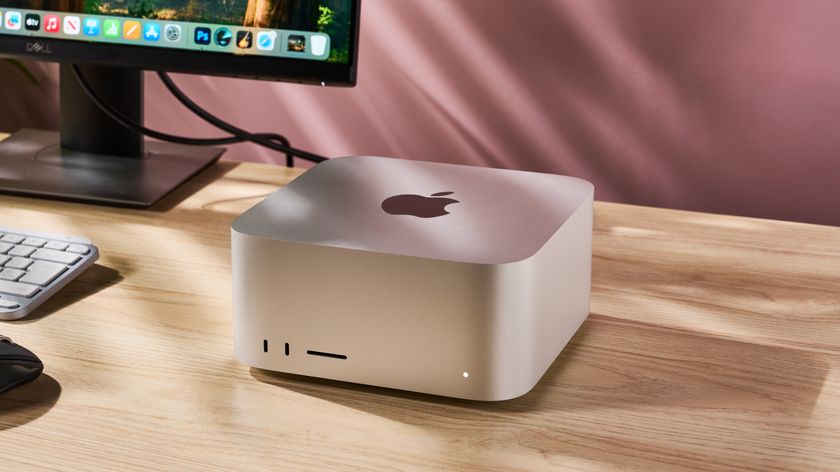

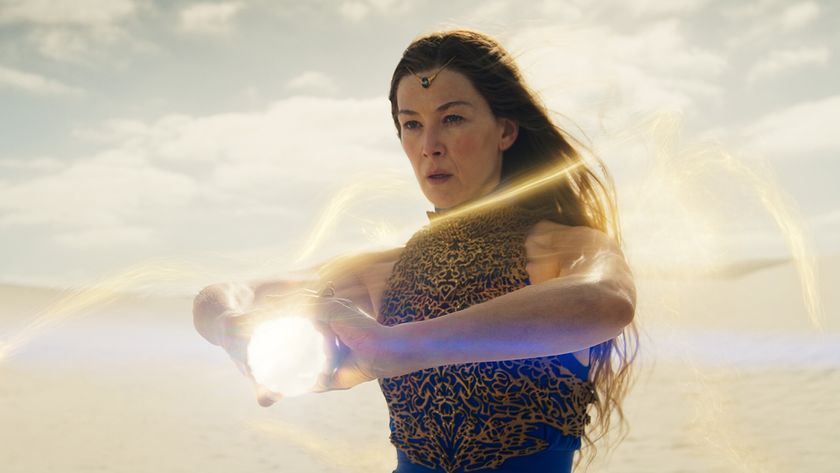
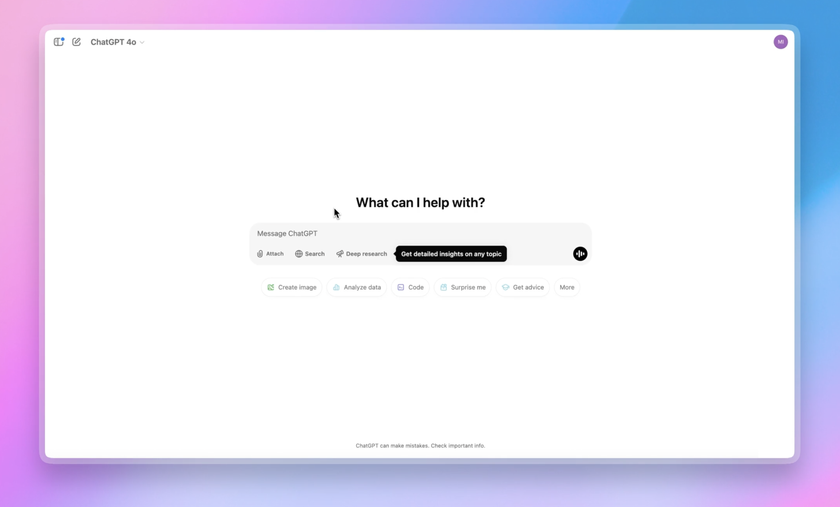
What is OpenAI's Deep Research? Everything we know about the best AI research assistant
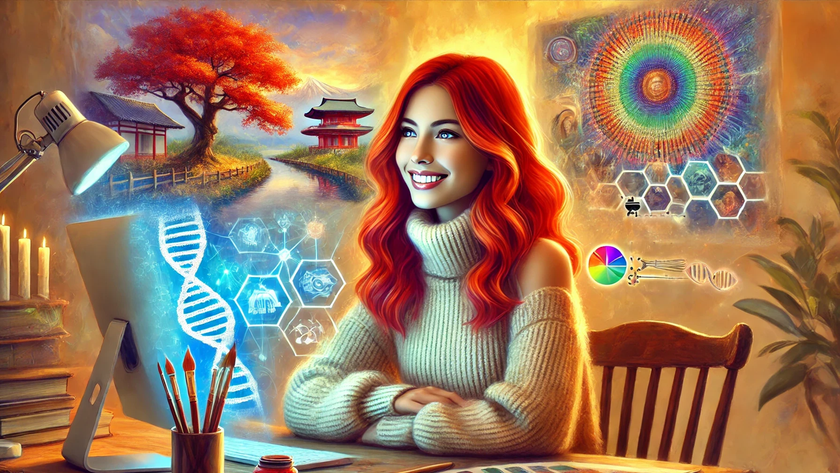
I test AI agents for a living and these are the 5 reasons you should let tools like ChatGPT Deep Research get things done for you

I spent six weeks listening to the Samsung Music Frame and it kept missing the beat
